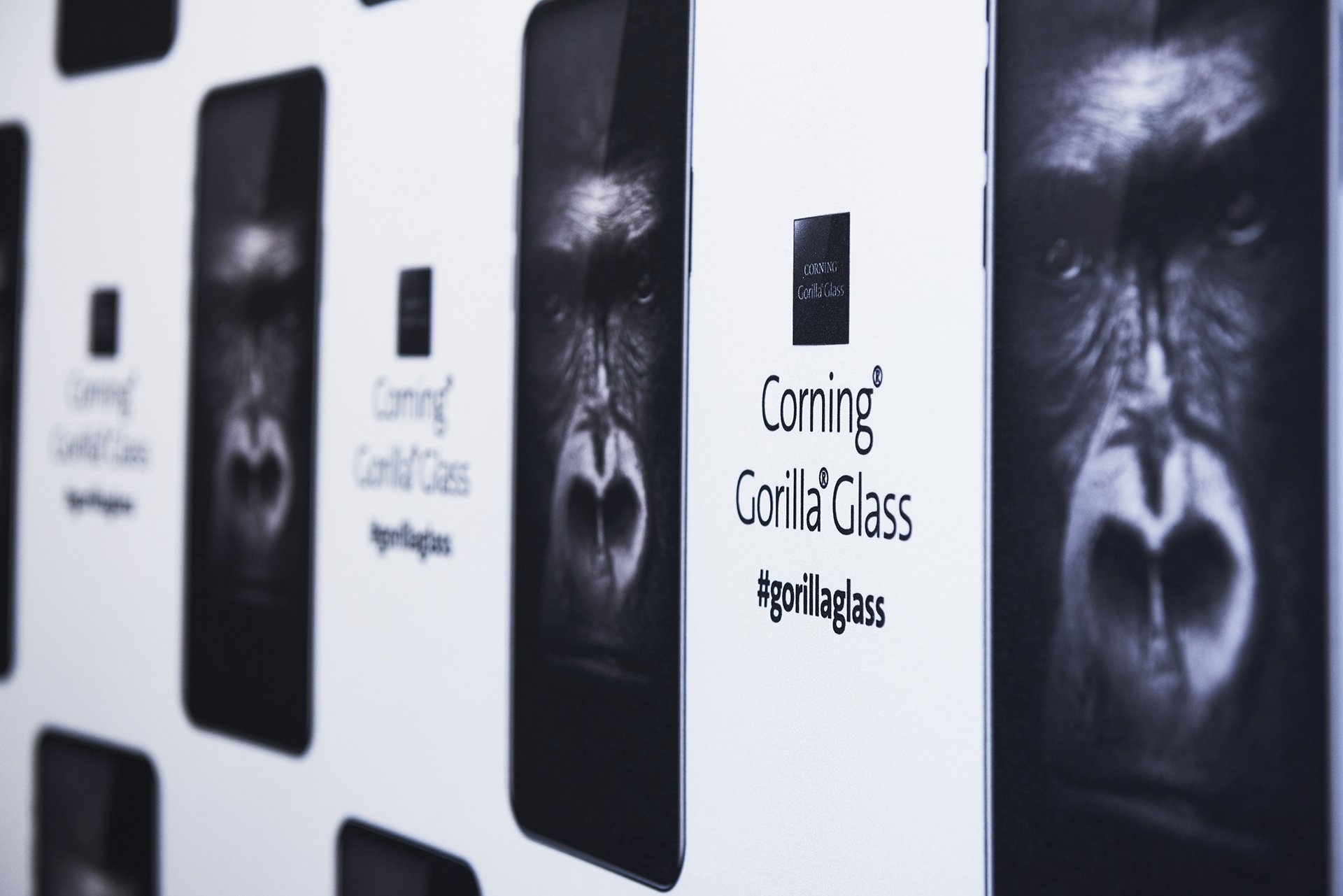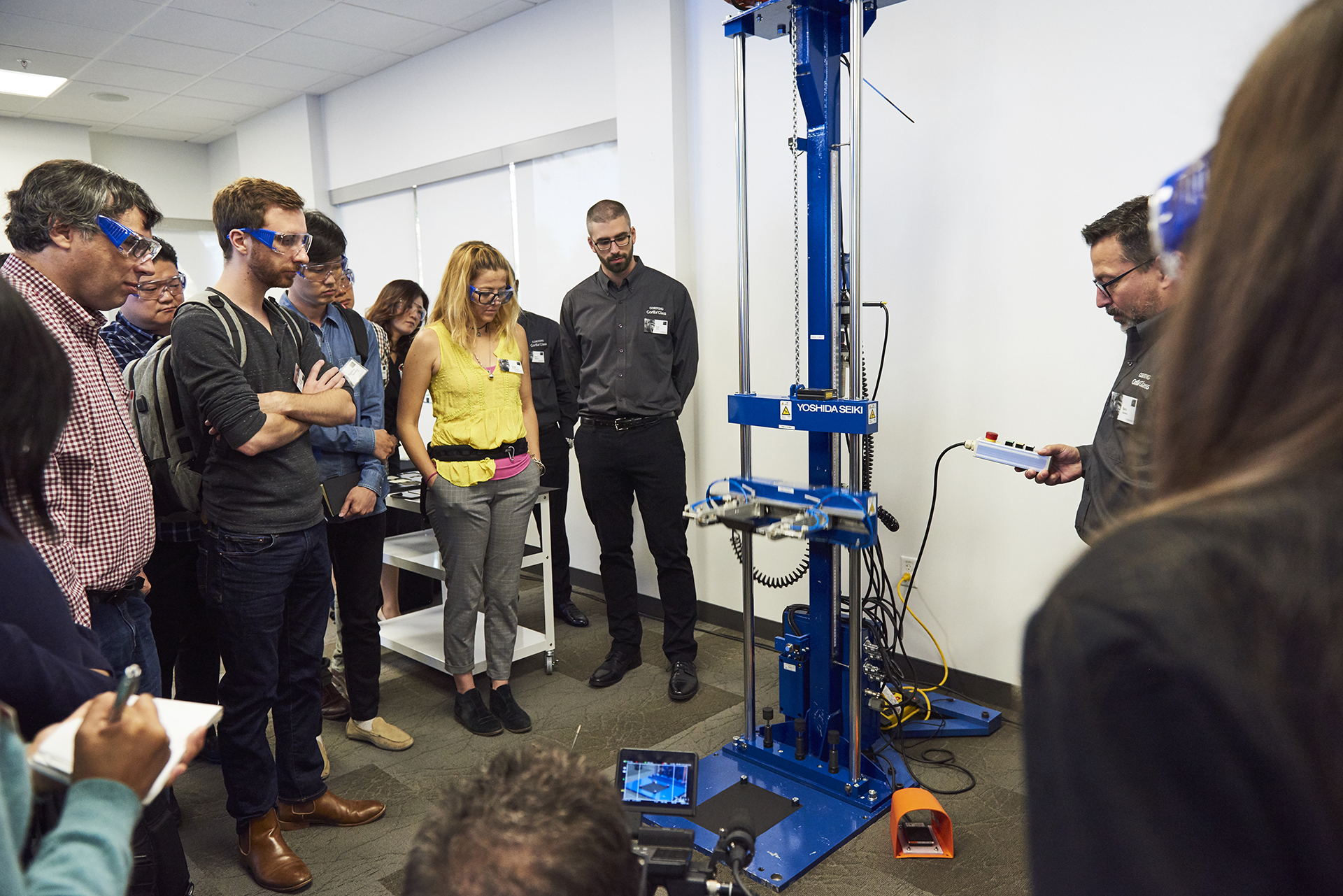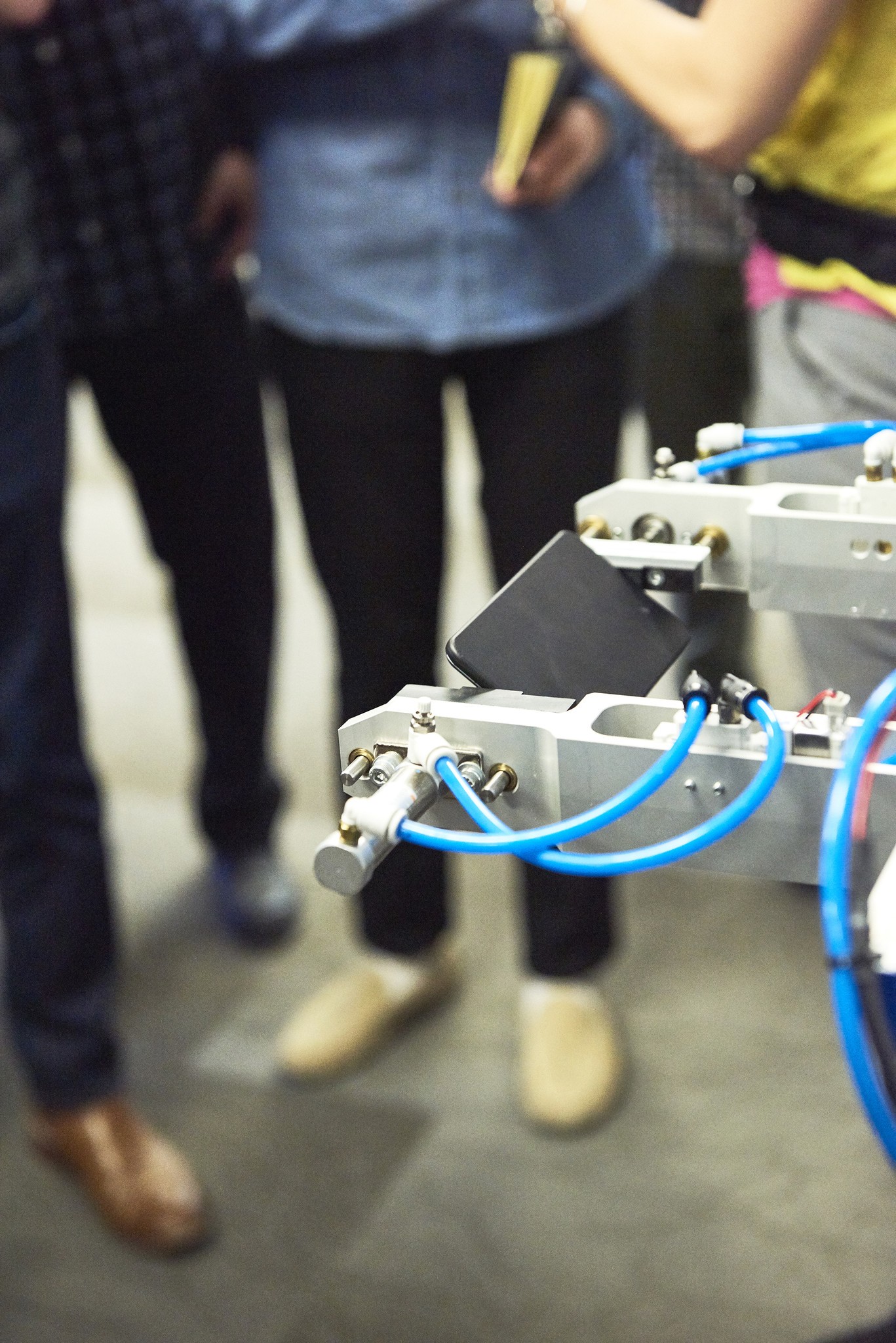
Corning recently unveiled its next-generation Gorilla Glass. It's promised to be stronger than ever and designed to balance the effects of drops from heights and numerous drops to address what we need most— phones that won't shatter when they slip out of our hands.
I spoke with Scott Forester Division Vice President, Marketing and Innovation Products, Corning about Gorilla Glass 6 and the future of glass technology.
Corning first looked at what Gorilla Glass 5 has accomplished and thought about the biggest issue with glass on phones. Though Gorilla Glass 5 out-performs from higher drops, it was counter-productive to increase the height success rate when the deeper issue lies in how often we drop our phones, not at what height we drop them from.
With our previous generation, Gorilla Glass 5, we were showing drop survivability up to 1.6 meters, so basically selfie height, and 80 percent of the time in our testing the devices would survive on to rough surfaces like concrete or asphalt. With Gorilla Glass 6, we were able to raise that height even higher, but you would get kind of diminishing returns because not all of us are basketball players dropping phones from way up there.So we actually started doing consumer surveys. What we found when we did a global survey is that most people drop their phone on average about seven times a year — and about half the time they're dropping it from one meter high.So with Gorilla Glass 6, we wanted our teams to look at how we could address this particular problem — which we've all encountered, which is dropping our phones multiple times or repetitive times. With Gorilla Glass 6, in our testing, we've shown it passing or surviving 1-meter drops, on average, 15 times. Compared to Gorilla Glass 5, our 1-meter performance is about 2x better. Most competitive glasses would actually fail the first time you drop it on a rough surface from 1 meter. So we feel like we've, again, kind of raised the performance of the glass, and specifically addressed the customer issue that we hear, which is drop performance in our phones.

So, since Gorilla Glass 6 is better from less heights, but more often, does that mean it no longer meets the original standard of Gorilla Glass 5's 1.6-meter drop performance? No. It has both! It still provides the same success rate from 1.6 meters (actually a bit higher), but now it also, has a higher success rate from just 1-meter.
Gorilla Glass 6 actually raises the performance of drops from heights better than Gorilla Glass 5. In Addition to that, it gives you the continuous drops, as well. So you get the benefit on both sides of those attributes.
I know what you're all thinking. "So, why does my phone screen crack if Gorilla Glass is so great?" You're not the only one who worries about that. Forester's own kids ask him the same question.
Those are the questions we all face, right? I mean, my kids ask the same questions.If you were to bend the glass rod you would create this tensile stress on the surface of the glass. It's that tension that's going to basically separate the glass and propagate the cracks, and then eventually break. So what we do with Gorilla is, we actually put a counterforce in there called compressive stress. It's actually keeping the surface under compression and acts like an armor that's fighting against that tension you get when you drop your phone. With Gorilla Glass 6, we were actually able to put 40 percent more compressors stress into the glass surface.

Corning also takes into consideration a wide variety of different phone features, like glass thickness, whether the glass is raised above the phone significantly, how stiff is a device, what's underneath the glass (like screws or components that could create a localized bending event), and more. There are innumerable possibilities to consider when creating real-world scenarios for drop events.
There are always other real-world aspects that play into drop performance. It gets really complex, and as a user, it can be kind of frustrating.All those factors play into drop performance. In fact, if you have two phones that had exactly the same glass, exactly the same thickness, but they were designed by two different engineers with different displays or structures underneath, they performed differently. That has less to do with the glass. It just has to do with the way the phone is designed.Hopefully it kind of gives you a broader perspective of the different variables that are in play versus it just being when you drop your phone on the asphalt outside.
Corning works very hard, and for a very long time to create thousands of scenarios for drop events using what they call "pucks" as the testing material (because, you know, dropping thousands of $800 phones would be kinda expensive).
iMore offers spot-on advice and guidance from our team of experts, with decades of Apple device experience to lean on. Learn more with iMore!
We do thousands of drops events a year. We look at those four important elements; glass thickness, how proud the glass is (how much it is raised up from the phone), how stiff the entire phone is, and whether it's a micro or localized stiffness. Then, we create a puck that we think is in the envelope — that's kind of on the average. Then we use that puck to evaluate all of our materials.
Of course, I had to ask about the Apple and Corning collaboration on the iPhone X, iPhone 8, and iPhone 8 Plus. Of course, Forester couldn't really talk about it.
What we do at Corning work closely with all of our customers. We find, the best collaboration is when they come to us with really hard problems and then we work closely with them to help solve those problems.I can say that we are a supplier of Apple for both the iPhone and iPad, and I can say Gorilla Glass 6 is our newest generation of glass that falls under the Gorilla Glass brand.
Perfectly vague.

One final thing Forester mentioned to me was how glass is positioned to be an ideal material for the future. The reason? It's non-conductive, which is something metal can never be. Glass can always be made stronger.
What's interesting is, as glass has gotten more durable and able to withstand these drops, you're actually starting to see it reach a threshold where people are willing to remove the material on the back of the phone. Instead of it being metal or plastic, they'll put glass. Designers are starting to feel that glass is significantly better than previous generations. It's really broken - no pun intended - the perception of what glass can do and now.Glass is kind of on the right side of the technology curve, from a material set. 5G has these microcells — small wavelength antennas, which can interfere with things like rain and environmental conditions, and they're hypersensitive to metal. So the less metal you can put on your phone, the more flexibility you're going to have to adopt things like 5G. Glass is a really unique material set when you begin to add all those components features you don't think about every day.
Glass, it sounds like, is the future of phones and Gorilla Glass has proven its mettle at being the strongest you can put on a mobile device.
Do you think the next generation of Gorilla Glass is going to keep your phone screen from cracking as often? Has your iPhone X or iPhone 8 avoided the dreaded cracked screen so far?
Lory is a renaissance woman, writing news, reviews, and how-to guides for iMore. She also fancies herself a bit of a rock star in her town and spends too much time reading comic books. If she's not typing away at her keyboard, you can probably find her at Disneyland or watching Star Wars (or both).


